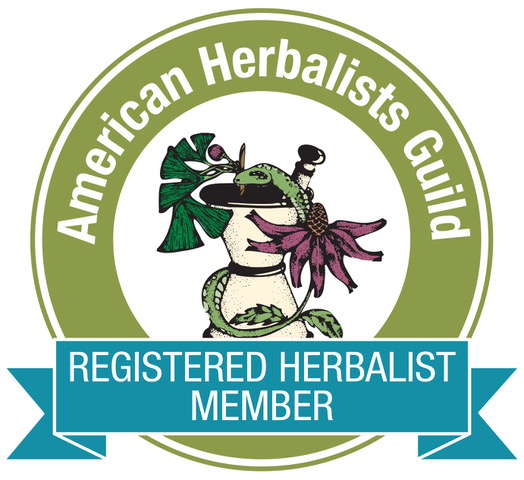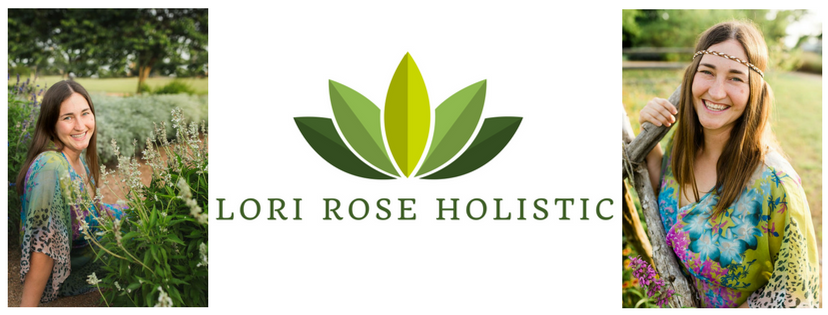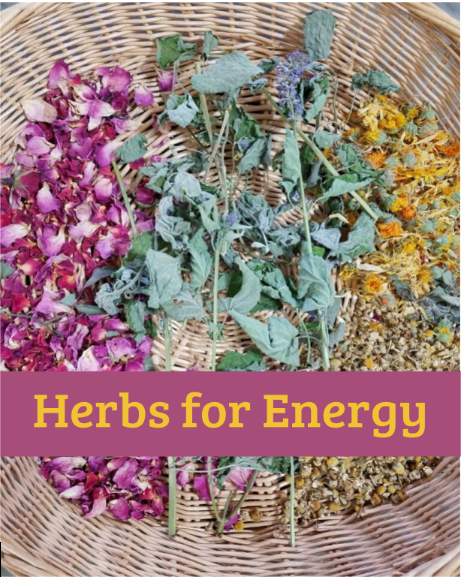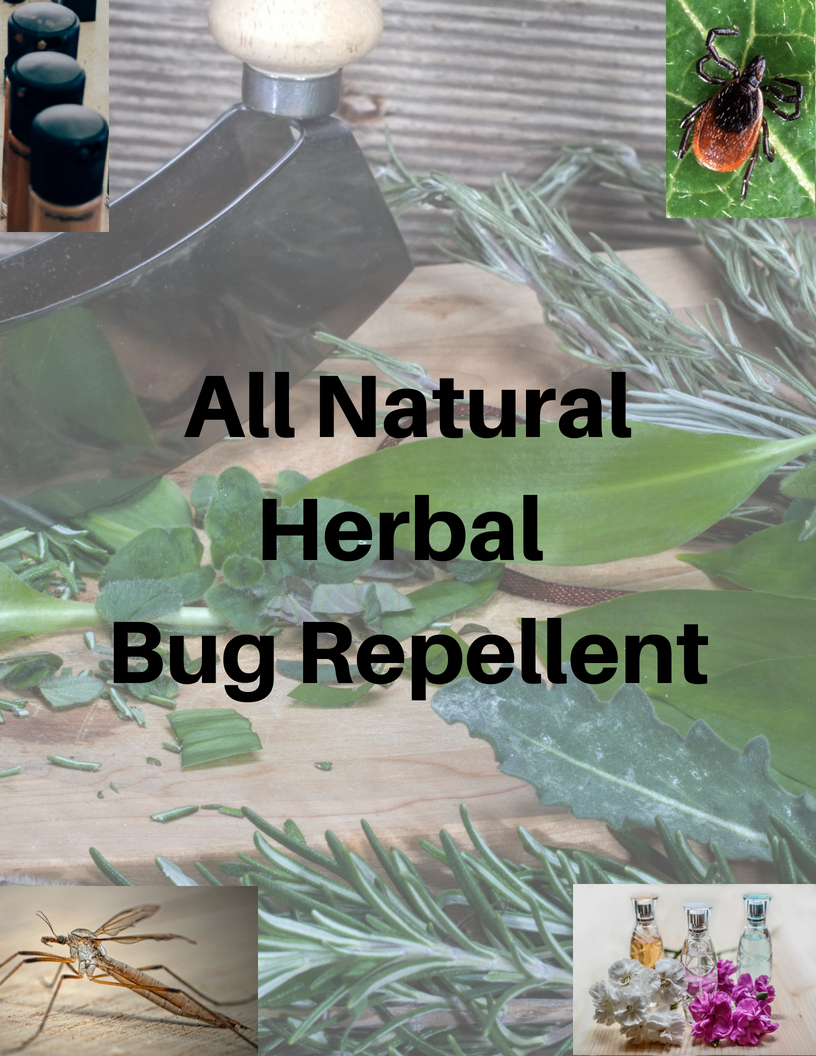
I make your health my priority so you can make your dreams your priority!
LET’S GET YOU FEELING AWESOME SO YOU CAN DO AWESOME!!!!
Making homemade incense
If you’ve been following me for any amount of time, you won’t be surprised to learn that I’ve demanded we be a scent-free home for over two decades.
With the amount of harmful toxins in body care, beauty care, and cleaning products, I have forced scentless products on my family for years. Most of my herbal products and herbal courses have been geared towards the often scent-free medicinal aspects of herbs. Any pleasant smells were secondary to me. And if you read about my pregnancy experience, you know I tend to go to extremes when keeping toxins away from my kids. (It’s ok, you can laugh at me).
So when I first heard about homemade incense, I really wasn’t interested for myself. I had lived without scent as a part of my life for so long it just wasn’t something I missed anymore. But my kids are finally teens, and my oldest is super into synthetic stick incense. But like many people, synthetic incense gives me an enormous headache from the instant “charcoal” and synthetic fragrance chemicals.
So you can imagine the power struggles that fake incense created between me and my carbon-copy-rebellious-spirited oldest child.
After I learned everything I could about creating homemade incense and my house was full of deliciously smelling powdered herbs being turned into homemade sticks and cones, my oldest was….fine with it. *imagine the biggest eye rolls; so big you can smell them over the incense*

But my youngest totally got into artisanal incense crafting so much that she created her own business selling it! This new passion also introduced her to creating other whole-plant scented body and beauty care products, which keeps her away from her former obsession of spending all of her allowance at synthetic-smell hot spots at the mall. Super win!


And here’s the thing. My hubby has tolerated my smells-ban, but he really does love a scented house. So he has fully embraced the reintroduction of smells into our household. And, truly, I have loved it, too! In fact, now I’m the main incense burner in the family.
Traditional uses for incense
But incense isn’t just about making your house smell great. Humans have used incense for thousands of years for medicinal, spiritual, and ritual reasons. Properly formulated incense blends can be antimicrobial, provide respiratory support, calm the mind, help with focus, and lighten moods. Incense is mentioned in religious texts as important tools for ceremony. Incense is embedded in many cultures as part of daily ritual.
And with good reason. The aromatic oils in plants used to create incense stimulate something in the brain called the limbic system. When you smell these oils, they travel straight to the limbic system influencing mood, memory, behavior, and more. So real incense is powerful stuff, and humans have known it for a long time.
But traditional incense with made whole plants and synthetic incense are very different products.

Using herbal resins in homemade incense
One main difference is that synthetic incense is made with synthetic fragrance oils that are often toxic, cause headaches, and just don’t benefit the body the that aromatics from real plants do.
One group of plant compounds traditionally used in incense creation are herbal resins and gum-resins. Think frankincense and myrrh. But there are hundreds of resins and gums, including Palo Santo resin, pine, spruce, elemi, benzoin, mastic, labdanum, cottonwood buds, and so many more. Each resin has it’s own strong aromatic oil profile allowing endless combinations of scents and myriad medicinal benefits. Unfortunately, many gums and resins have been overharvested so take great care to make sure your plant sources are being harvested sustainably when making and buying your homemade incenses.
A side note cool thing about resins is that they are processed a bit differently than other herbal compounds. I teach many herbal medicine making classes, and I was surprised to learn that resins have several variations when creating herbal tinctures and oils compared to tinctures and oils made with other plant parts. So learning to work with resins for incense and additionally homemade herbal perfumes and body care products can be a fun endeavor for even very experienced herbalists!
But utilizing the benefits of resins isn’t the only difference between synthetic and real incense.
Traditional vs. synthetic incense: what you need to know
So what other differences can you expect if you plan to make or buy traditional homemade incense?
1) There is no wooden stick in the middle, so sticks are often curved. They just dry that way. It’s ok.

2) There is no synthetic instant-light charcoal. This means no headaches or carcinogens for you, but it may take longer to light and you may have to relight a few times. This is ok, too.
3) You won’t know what it smells like until you burn it. Whole plant material smells different when it’s burning vs not burning. So something may smell awesome as a spice but smell terrible as a burning incense. Expect some surprises as you experiment with your own recipes.
4) Real incense sticks are thick, boy! So regular incense stick holders won’t cut it. You can buy some $40 holders for real incense on Etsy, or my kiddo amended these below on the cheap with a drill for her incense business. Maybe not as polished, but it will hold your incense. It also has holes for your synthetic incense, so it’s a double whammy. You can also just lay your stick on a ceramic or non-flammable surface.

5) It ain’t your fake incense, so it ain’t coming to you at fake prices. If you use real herbs, sustainably and ethically sourced, and organic when possible, the cost will reflect that. But the peace of mind from crafting incense that won’t harm you or the earth, and that is harvested in a way that make the sources be there forever, is totally worth it.
Ok, so how do you make homemade incense from whole-plants? Let’s get to it!
Types of homemade incense
The first thing to know is that there are two types of homemade incense: noncombustible loose incense and combustible stick and cone incense.
Noncombustible incense is loose incense not formed into sticks or cones.
Pros of noncombustible incense:
- can be made with any combination of plant material that smells good when burned; it doesn’t require a burnable wood in the formula, and can use more resins (resins are harder to burn) compared to combustible incense
- doesn’t have to powdered
Cons of noncombustible incense:
- You can’t just light it on fire and walk away. In other words: it’s noncombustible.
- You have to use non-instant-light charcoal in a proper incense holder (called a censor) or an electric incense heater (like this one here or here). The first option takes lots of prep time and the second option has a one time pretty high cost.
But if you are willing to learn how to use incense charcoal to burn loose incense, or you are willing to spend a little more upfront, loose incense is a fun way to use incense because creating loose incense is super easy.
Combustible incense is incense that you light on fire and it keeps burning.
Pros of combustible incense:
- It’s combustible
- You don’t need special incense holders or timely set ups to use it.
Cons of combustible incense:
- Formulating is a bit harder to make sure it stays well formed while also making sure it stays lit, and smells good. Some ingredients, like resins, are difficult to burn for long periods of time, and consideration to this must be taken into account or your incense just won’t work.
- You herbs must be powdered, which can be tricky for resins and woods and time consuming.
If you decide to make combustible incense, the second thing you need to know is the list of ingredient requirements for combustible incense cones and sticks.
Ingredients required for combustible incense cones and sticks:
- Combustible woods: these are woods like sandalwood (from sustainable sources only), cedarwood, and makko wood that can be aromatic themselves (makko is not) but are used as the source of combustion. You have to have enough combustible wood, or your incense won’t burn.
- Aromatics: this can be any plant that smells awesome when burned. Be careful: some things smell amazing as a spice but smell rotten when burned. Experiment with very small batches until you figure out which smells you enjoy. Some aromatics, like resins, need to be used in smaller amounts because they reduce the burn ability of your incense. No more than half of your aromatics should be resins. Tip: clove can be added to increase combustion if you want to use a more resinous cone or stick. A good rule to start with is to use 3x the volume of wood ingredients as you do non-wood aromatics.
- Binder: this is the material that holds the shape of your cones and sticks. You don’t need very much. Too much can make your formula too sticky/gooey, and can even make your incense so hard that it won’t burn. Binders are gums like guar gum or tragacanth that are only binders, or woods like makko that are both a binder and combustible. I like to use makko as a binder when I don’t want to use an aromatic wood like sandalwood but I still want to make a stick or cone that will burn on its own. You only need a pinch of binder, like an 1/8tsp to several tablespoons of total formula.
- Water: this is what will activate your binder and turn your powdered herbs into a ball of dough that you will shape into a cone or stick. You can use hydrosols, wines, or even honey (talk about messy!) for added scent diversity. It doesn’t take much to go from too little water to way too much water. Add water 1/2tsp at a time until your dough holds into a kneadable ball but doesn’t stick to your hands in an unmanageable mess.

Creating homemade incense
To create your incense, follow these steps:
- Mix your woods and aromatics, all powdered, together
- Add your binder using a sifter to evenly spread over your powdered herbs, then mix everything together
- Add your water a tiny bit at a time
- Knead your dough for about 10mins
- Shape into a cone (your cone base should be the width of a pencil) or roll into a stick. You can also use an extruder like this one to create your sticks. Use the smallest hole option.
And viola! Purely herbal homemade incense!


Homemade incense allowed me to bring the magic of aroma safely back into my life!
Homemade incense resources
How can you learn more about making homemade incense? Here are a few resources:
- You can join my online course to learn the ins and outs of homemade incense. I have dozens of hours of formal and self-study on homemade incense making, and have the title of “Artisanal Incense Crafter”. I take these dozens of hours and condense them into a short course that teaches you everything you need to know to start making incense at home. You will be making your own homemade incense by the end of this course! Follow my Facebook page or sign up for my email list to find out when registration starts!
- This book describes in detail how to make incense and has a zillion recipes. If you are a book reader and self-taught learner, this is the book for you.
- The school that taught me how to make homemade incense has a free webinar series every now and then. Follow my Facebook page or sign up for my email list to find out when the next one rolls around.
I hope you enjoy making or buying your own artisanal traditional incense!
Now my house smells awesome and I know my family and the earth aren’t being harmed!
Know someone who might love making their own incense?
Share this post!
Make sure you don’t miss future posts from Lori Rose Holistic:
Click here to subscribe to my e-mail list!
I make your health my priority so you can make your dreams your priority!
Don’t forget to follow me on Facebook here!
Or check out my podcast with Weight Free Wellness here!
Learn about my e-books, Herbs for Energy, and All Natural Herbal Bug Repellents.




Lori Valentine Rose, PhD, CNP, BCHN, FDN-P, RH (AHG), NBC-HWC, is a college biology, nutrition, herbal, and wellness instructor, national board certified nutrition professional and holistic nutrition consultant, Functional Diagnostic Nutrition® Practitioner, board registered herbalist, national board certified health and wellness coach, wife, mother, organic vegetable, fruit, and medicinal herb gardener, school garden planter, city class teacher, and passionate Zumba dancer! She created, developed, and instructs the Hill College Holistic Wellness Pathway, the most thorough, affordable, degreed wellness program in the country. She also has a video podcast here where she interviews people that have helped her truly embrace real mind-body-spirit holistic wellness. She loves spreading love and light, and helping others feel awesome on the inside and out so they can live their dreams and make this world more awesome! Lori Rose Holistic does not replace medical advice or working with your doctor, and she does not diagnose, treat, or cure disease. Her goal is to educate, and any actions you take are voluntary and of your own free will.
If you are tired of doctors that only spend 5 minutes with you only to give you medications that are band-aids and don’t address the root cause of your issues,
If you are tired of counting calories and failed diets,
If you are tired of feeling overwhelmed, helpless, and hopeless with exhaustion, pain, and illness,
If you are looking for a practitioner to finally take the time to listen, empathize, encourage, and empower you with the tools to take control of your life again,
If you are ready to start feeling awesome so you can start doing awesome,
Then you have come to the right place! I am a passionate, educated, skilled practitioner that promises to work on an individualized plan designed just for you so you can start feeling like yourself again!
If you are ready to learn the tools and skills needed to get the vitality back into to your life then email me at loriroseholistic@gmail.com !
Read reviews from my clients here!



Hi, I just watched your video on the Herbal Summit, and you mentioned an e-book several times but I don’t see it anywhere on your website. Where can I find that? Thanks!
–MaryAnne
LikeLike
Hi MaryAnne! Here is the link to the ebook: https://loriroseholistic.wordpress.com/herbs-for-energy/
LikeLike